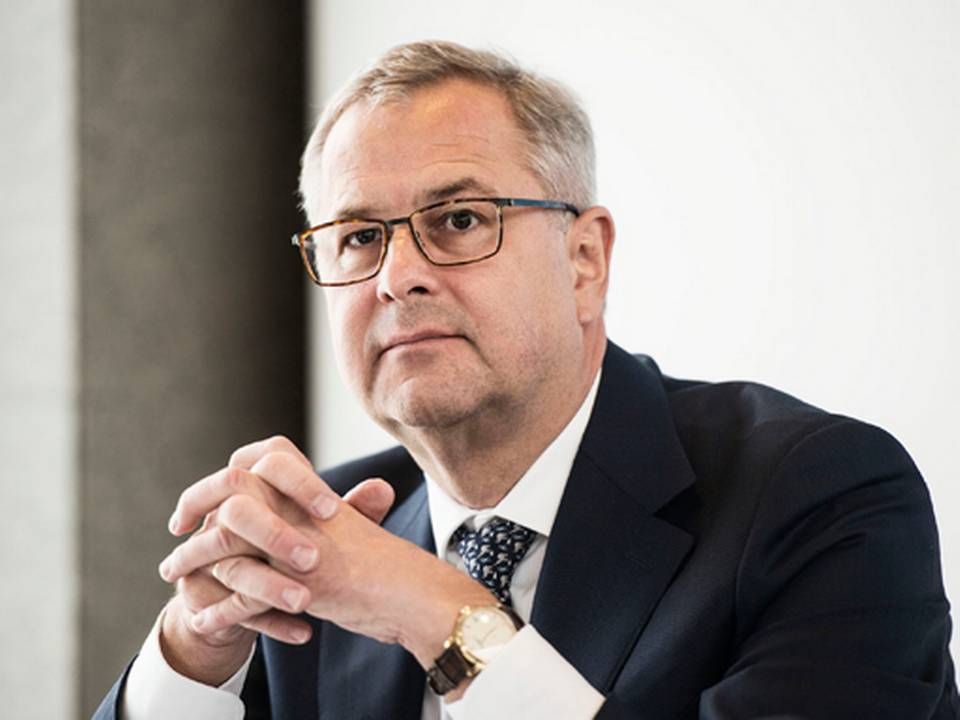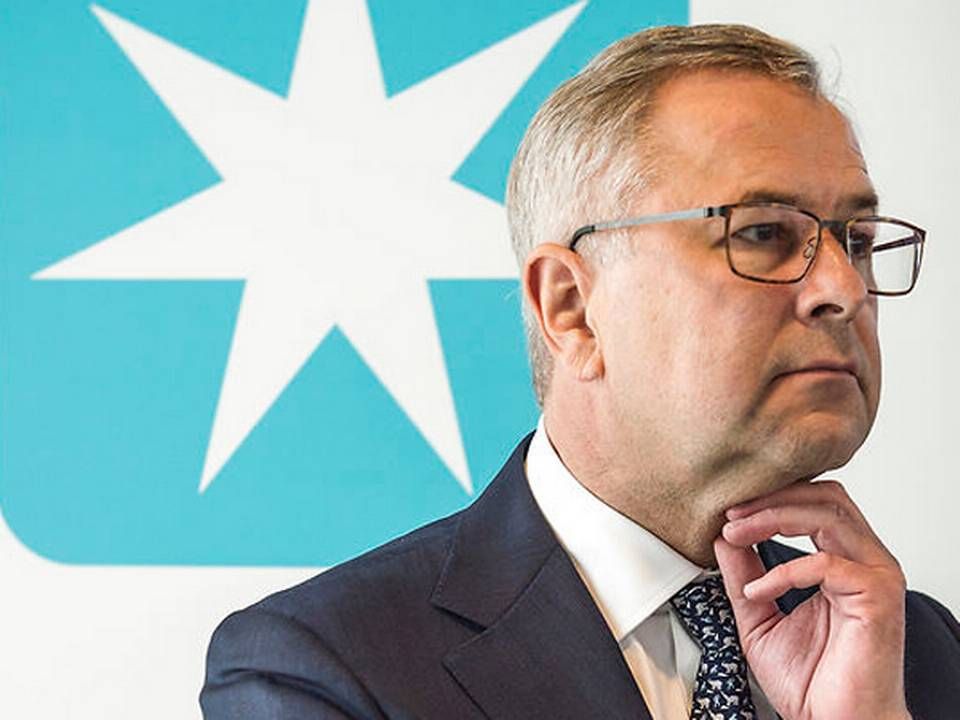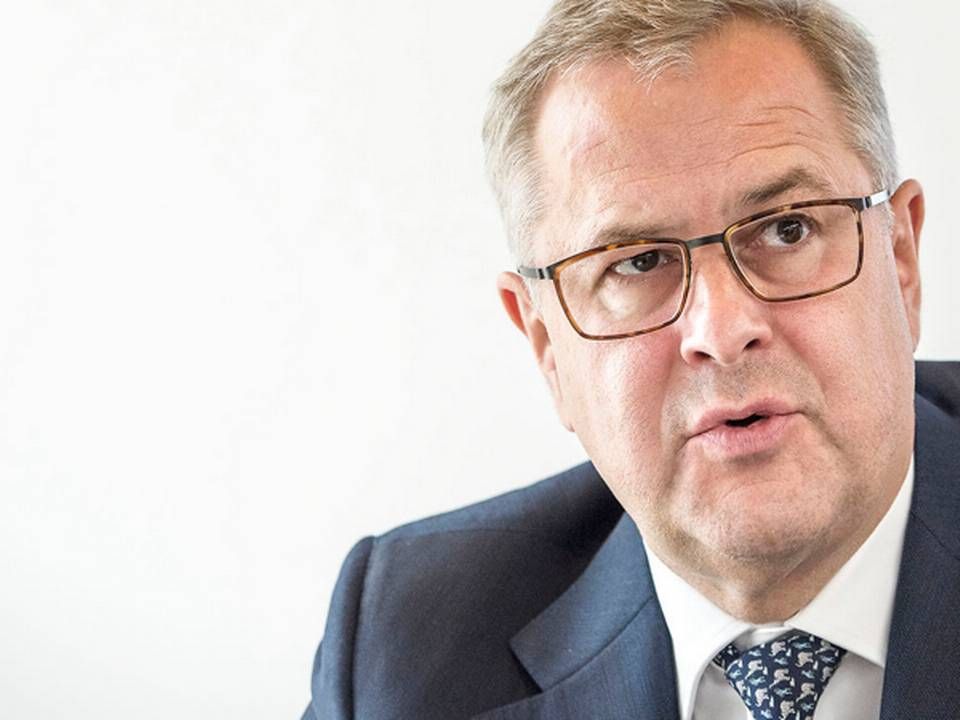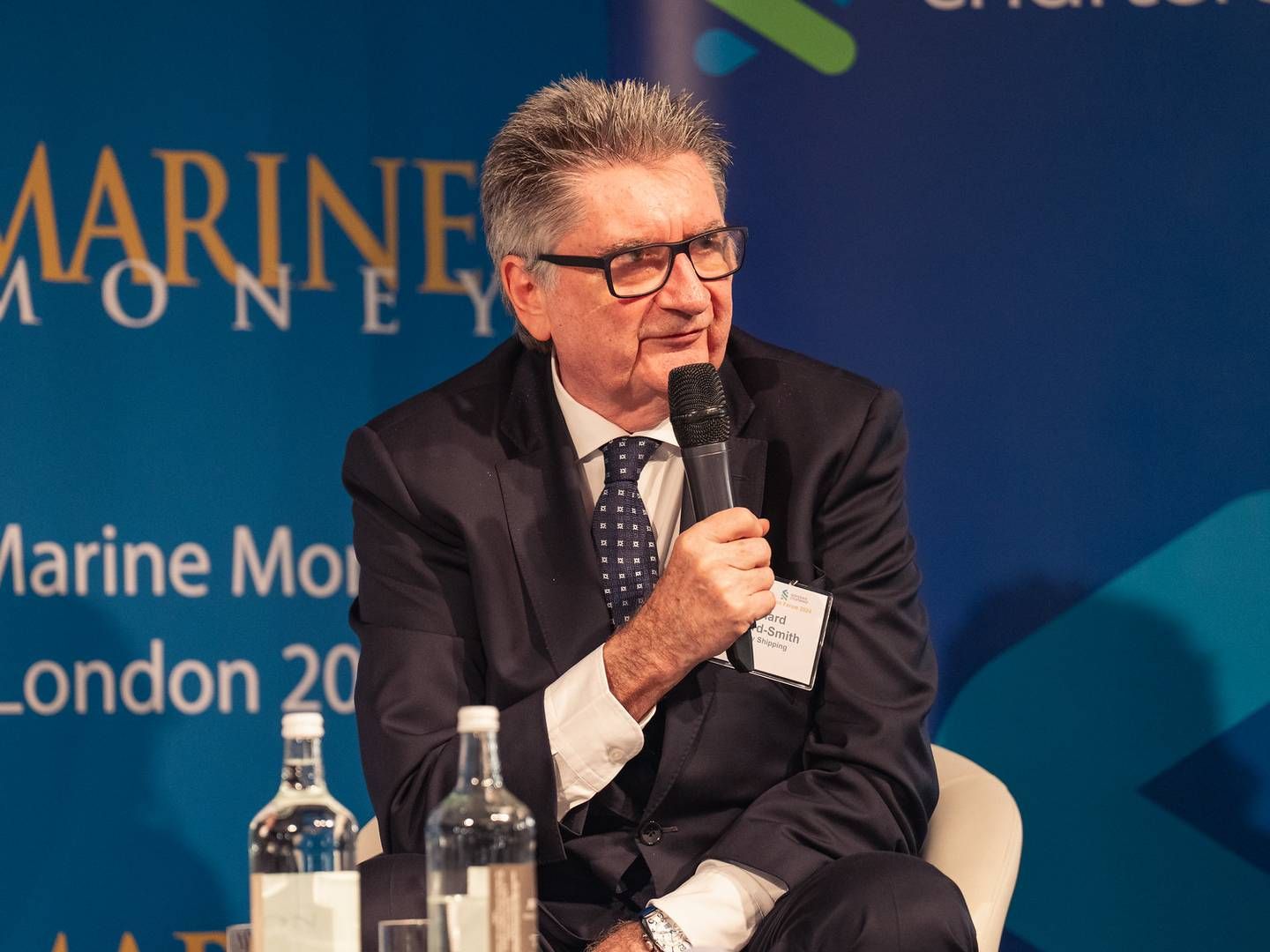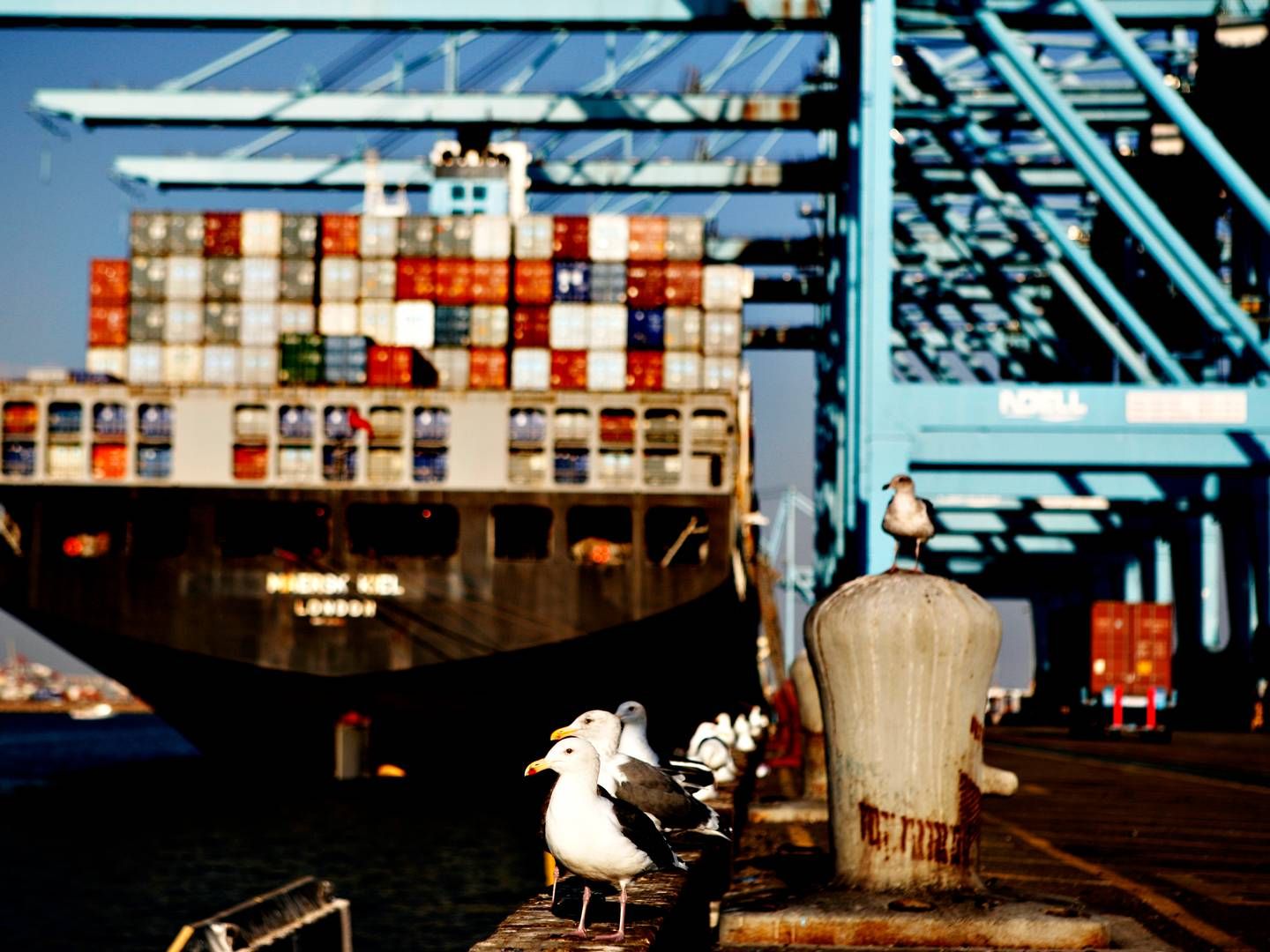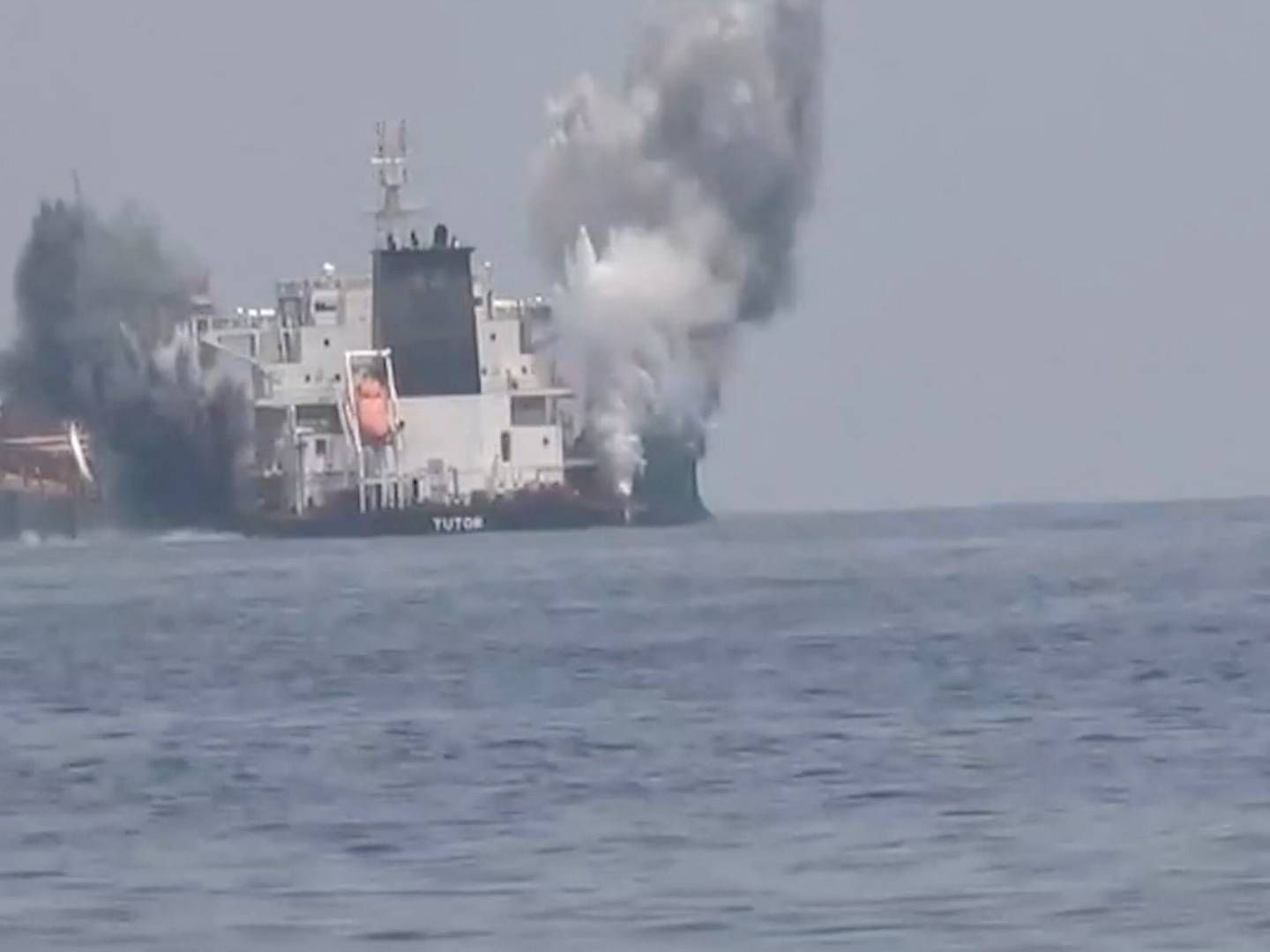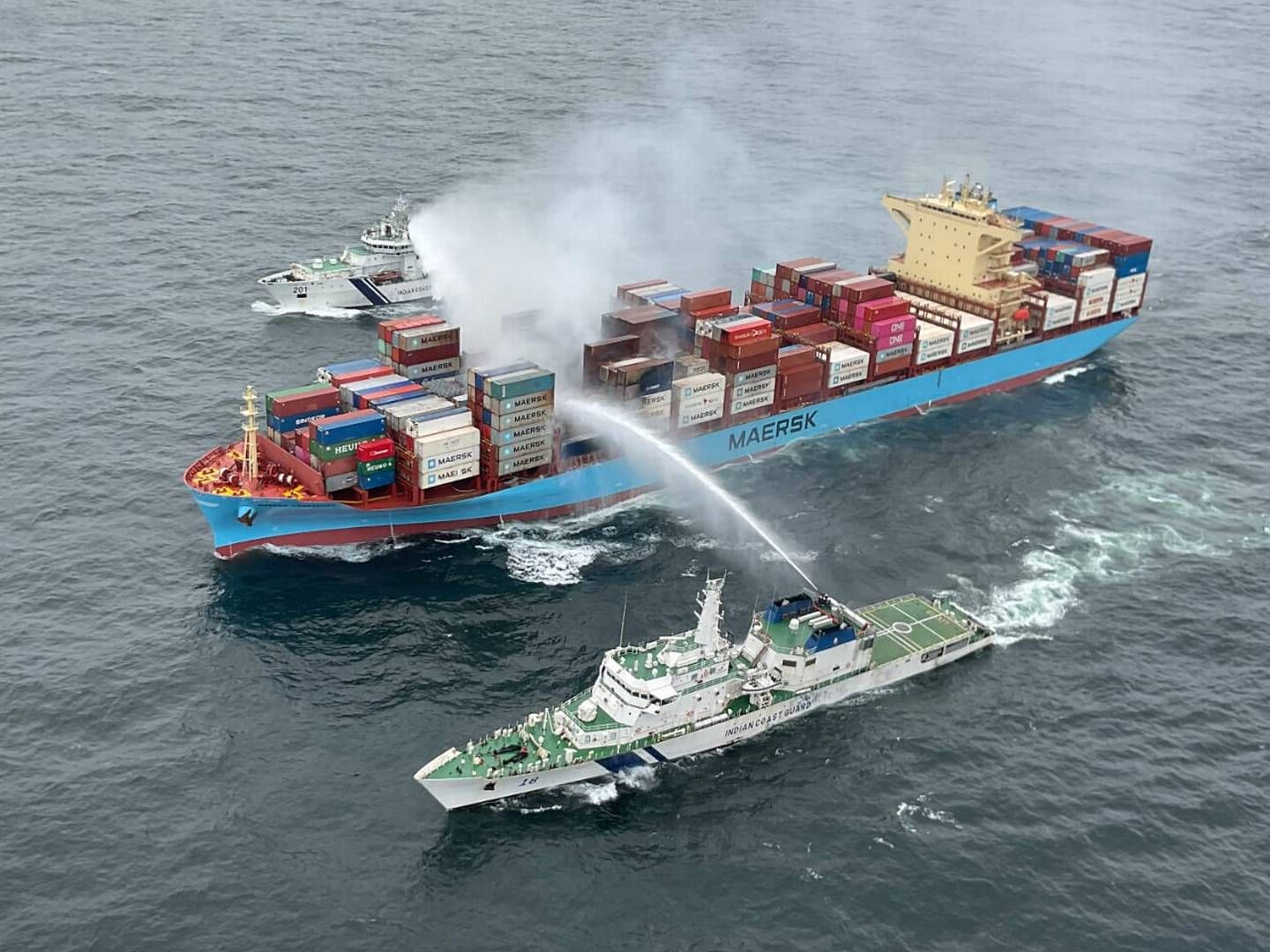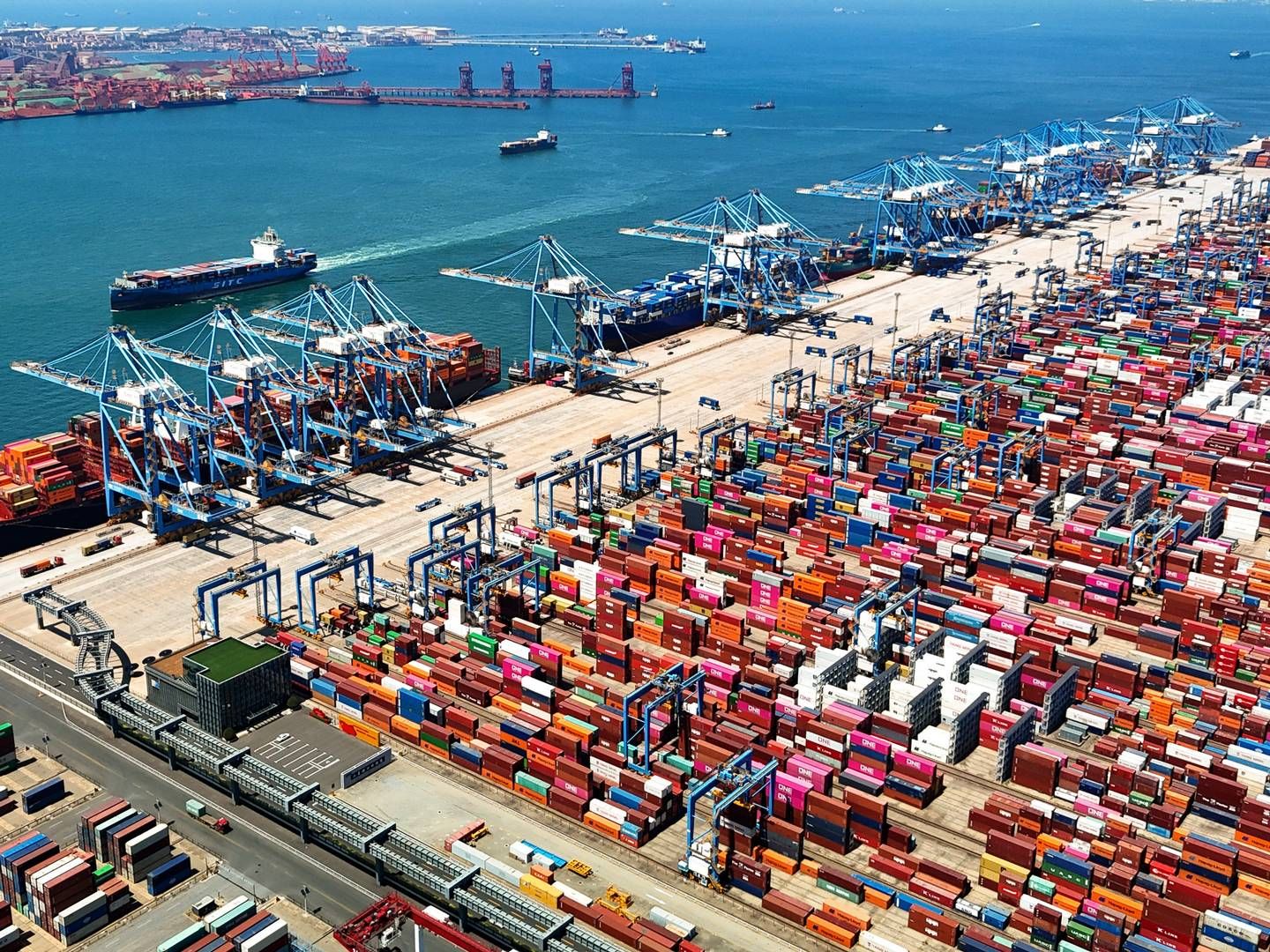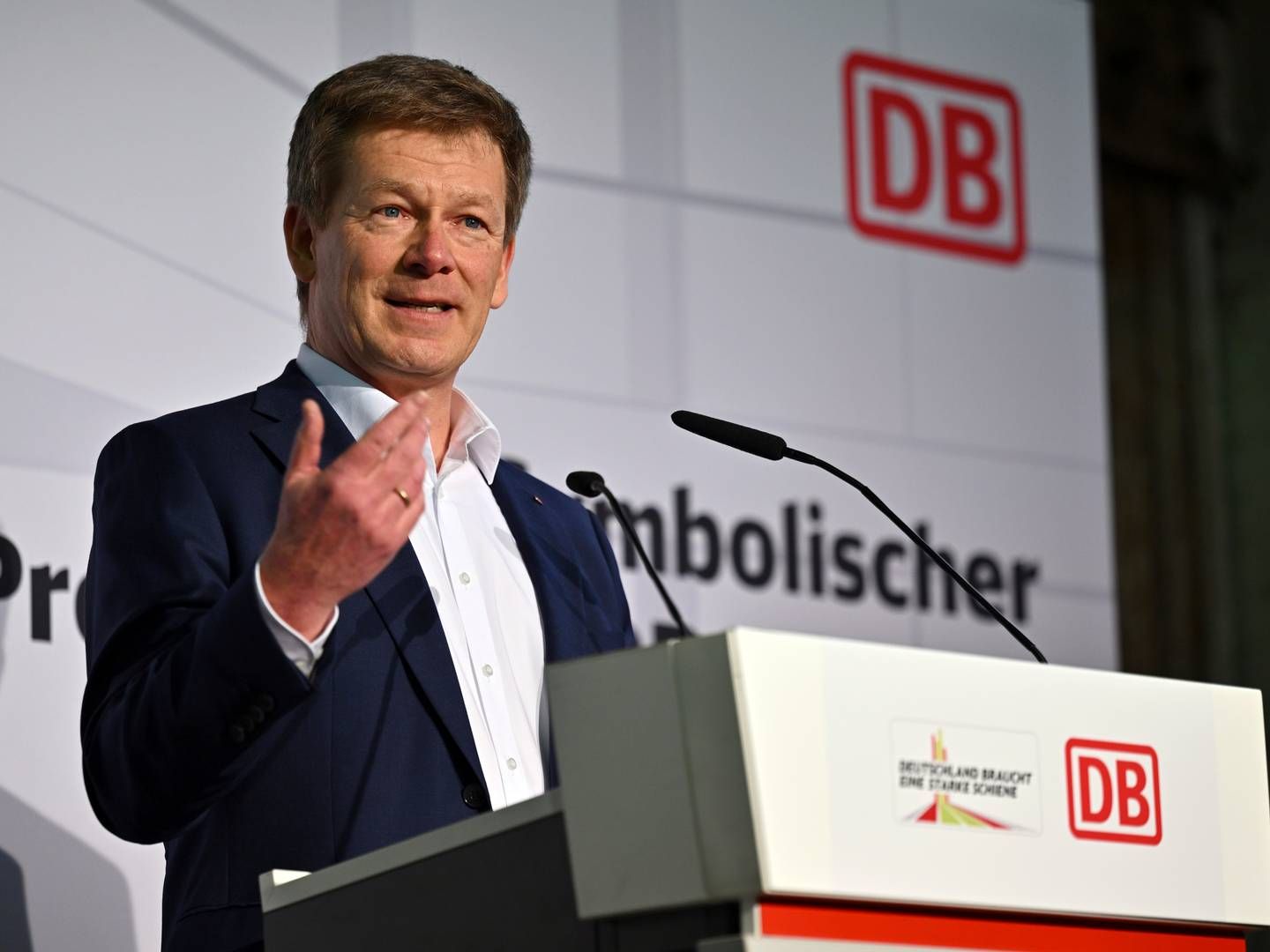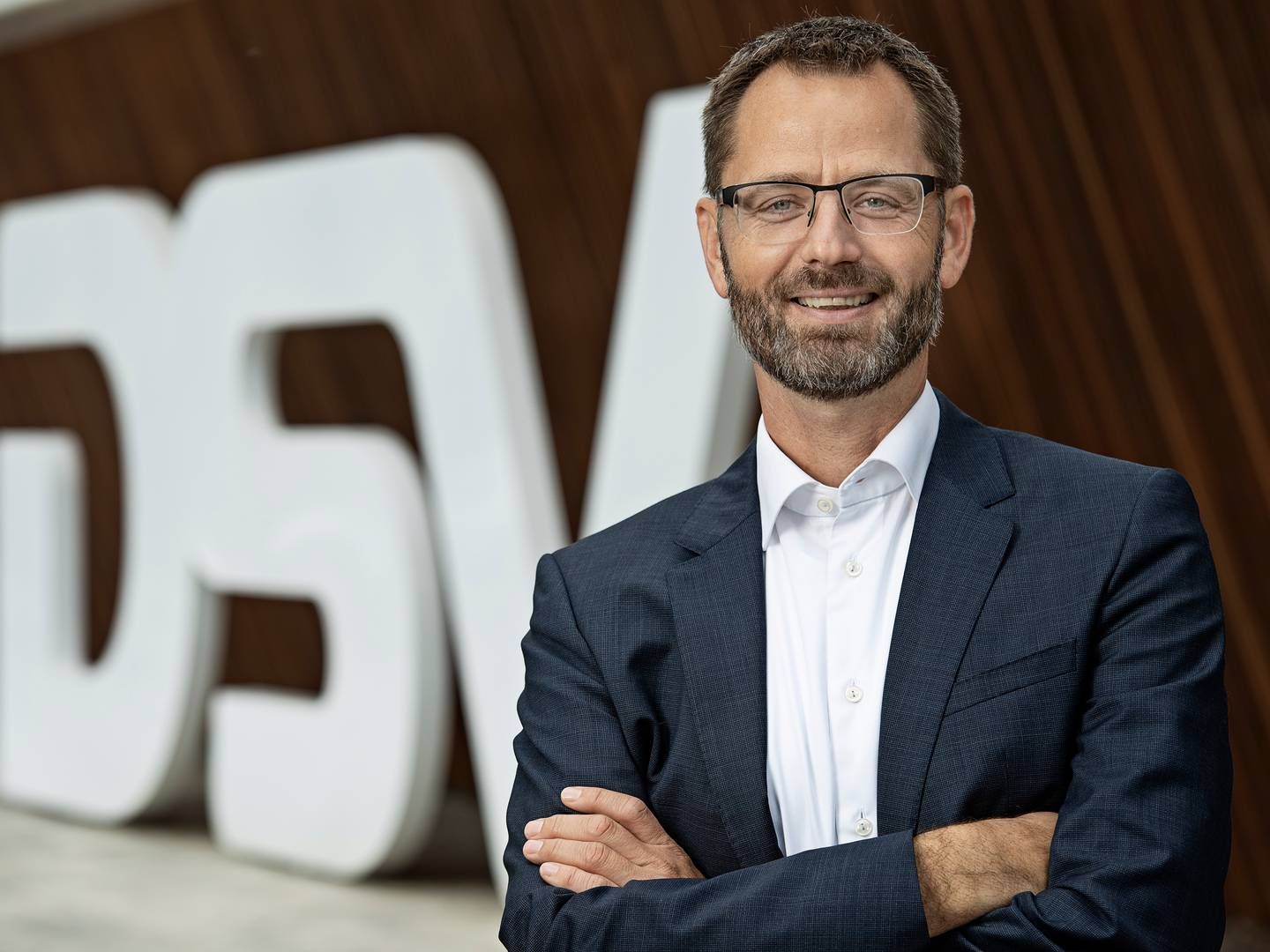Maersk winds the clock back 20 years with Damco decision
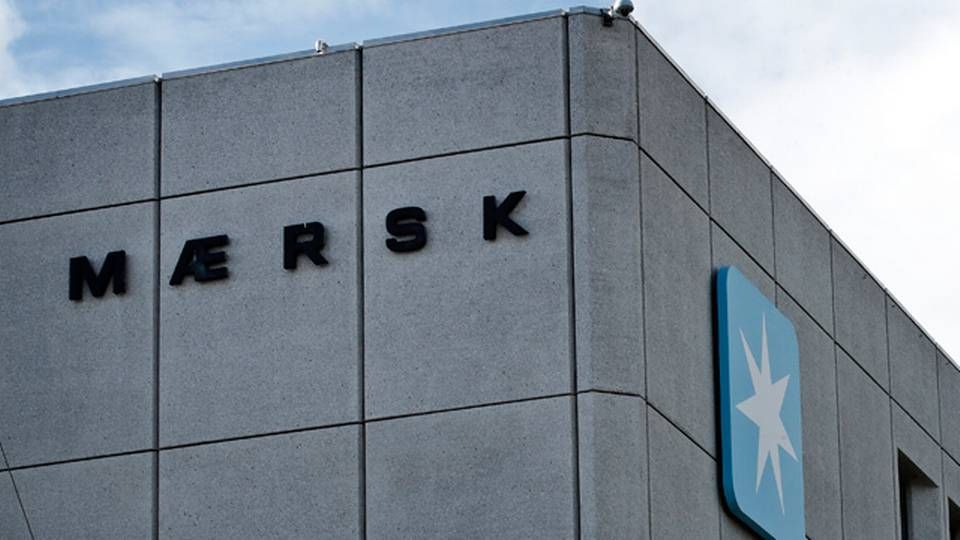
"Damco will continue investing heavily in adjusting the company's business model, despite the fact that these investments could be costly on the bottom line."
This was the sentiment from Damco's then-CEO, Rolf Habben Jansen, when he launched a vast expansion in 2013 which aimed to double the number of offices within Maersk's logistics business.
It is rare to hear that kind of statement from Maersk today – or from any other company in the maritime industry for that matter. In 2018, CEO Søren Skou's mantra is to invest less, and the focus is on getting better results and better returns for shareholders.
Currently, everything points to the possibility that Damco, with its 10,000 employees, is the card up Skou's sleeve, when next week the CEO presents the huge restructuring which he has led for months. In any case, according to sources speaking to ShippingWatch, a rebranding of Damco and a form of integration under Maersk Line have been the headline over the entire process.
Back to start of the millennium
In this way, it could be said that Maersk is winding back the clock to the beginning of the millennium, where the new Starlight strategy was introduced to replace the traditional structure, which not least of all was known from the so-called "monachs" within the liner carrier, who yielded great power when managing their "kingdoms" around the world.
In other words, power was to return to the iconic Maersk HQ address "Esplanaden" in Copenhagen including the financial breathing room which gave the monarchs vast reign to buy and sell. The disadvantage of the old structure was that when a customer wanted to send goods between the kingdoms, these monarchs could end up working more in their best interest rather than for Maersk's overall business.
Therefore, it is not incorrect to draw a parallel to the rolling out of Starlight and the upcoming process which Skou intends to conclude for now when he publishes the details of the restructuring, likely Sept. 19.
A new name, Logistics & Services, has been on the table in the process of rebranding Damco, which was called Maersk Logistics at the time. The name "Damco", from 2009, aimed to convey an arms-length distance from Maersk's ownership, so the company appeared more neutral to third-party customers.
"We are back at the beginning, just like in the time of Mærsk McKinney-Møller," as one insider puts it to ShippingWatch with a reference to the now deceased shipowner.
Esplanade had to step in
The prediction that investments could wind up being costly on Damco's bottom line wound up proving true, and the Esplanade had to step in with financial help for the first few years until Damco first began to deliver black, albeit small, figures on the bottom line.
At that time some years back, it resembled in many ways a divestment from the logistics business, which has now been integrated as one of the five companies under Maersk's future container business, Transport & Logistics.
Starlight operated with the three main companies Maersk Line, APM Terminals and Maersk Logistics, and with this reorganization, which will apparently be announced next week, the core is absolutely concentrated around Maersk Line, the world's largest container carrier. According to insiders, one of the problems experienced with Damco is that they had a fine product, but it was increasingly Maersk Line's sales forces which was supposed to incite customers to order transport via the logistics company and thereafter hand over the sailing to Maersk Line.
And this was something the liner carrier was never really geared towards.
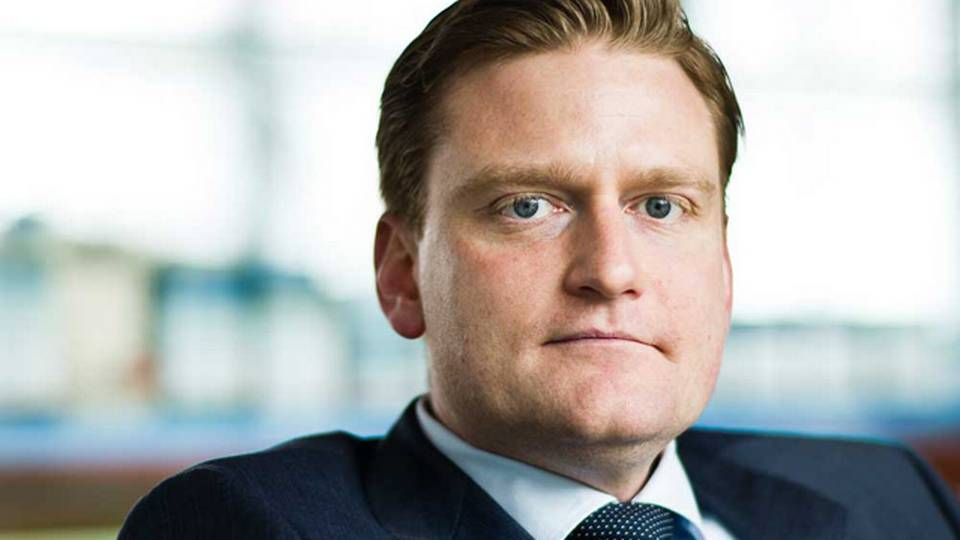
Damco's CEO Klaus Rud Sejling took over the post in October 2016. As former Head of East West Trades, he came from a key role in Maersk Line. Photo: Damco.
Maersk's transition is also about centralization, or making Copenhagen the undisputed management hub. From that perspective, it is not strange to have Damco fall under Maersk Line. Again. When Skou launched the transition two years ago, it was under the headline that Maersk should have more synergy and more money out of the strong positions enjoyed within the container industry and that the companies were to work more closely together.
Container heavyweights
Besides the fact that Maersk Line is the world's largest container carrier, APM Terminals is an absolute heavyweight within ports and terminals, as the world's fourth-largest player.
With Damco's entry, the three companies in the supply chain – those which shippers have contact with – have become even more integrated. For APM Terminals, this has already occurred with the segregation of the business into the large and critical port hubs where it works more closely with Maersk Line and, apart from that, other segments like third-party customers.
The company thus comes even closer to achieving one of Skou's visions, the goal of transforming the shipping company into a decided logistics company in competition with players such as FedEx.
The last two companies in Transport & Logistics are towage carrier Svitzer and container manufacturer MCI, where it does not seem to make as much sense to pool activities closer together.
In 2014 in particular, Damco became problematic for the Maersk Group as the company emerged with a USD 376 million deficit. This meant that the crisis-struck logistics company had to see USD 451 million injected from its owners in Copenhagen after significant losses in the company over several years.
English Edit: Lena Rutkowski
Damco's logistics business looks set to be merged into Maersk Line
Maersk will present organizational overhaul next week

